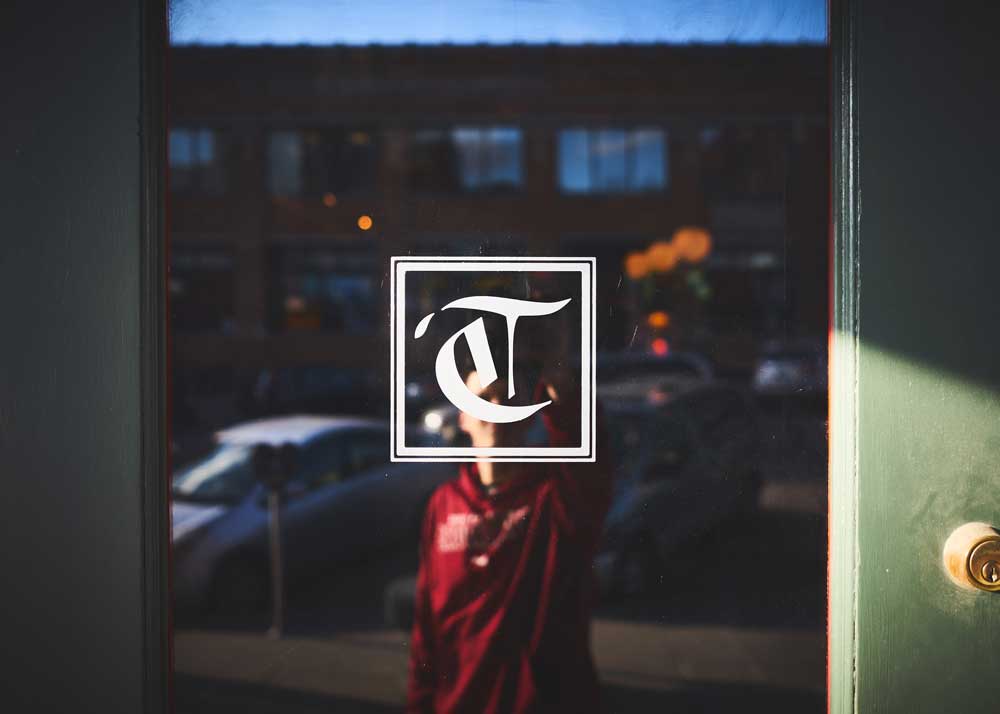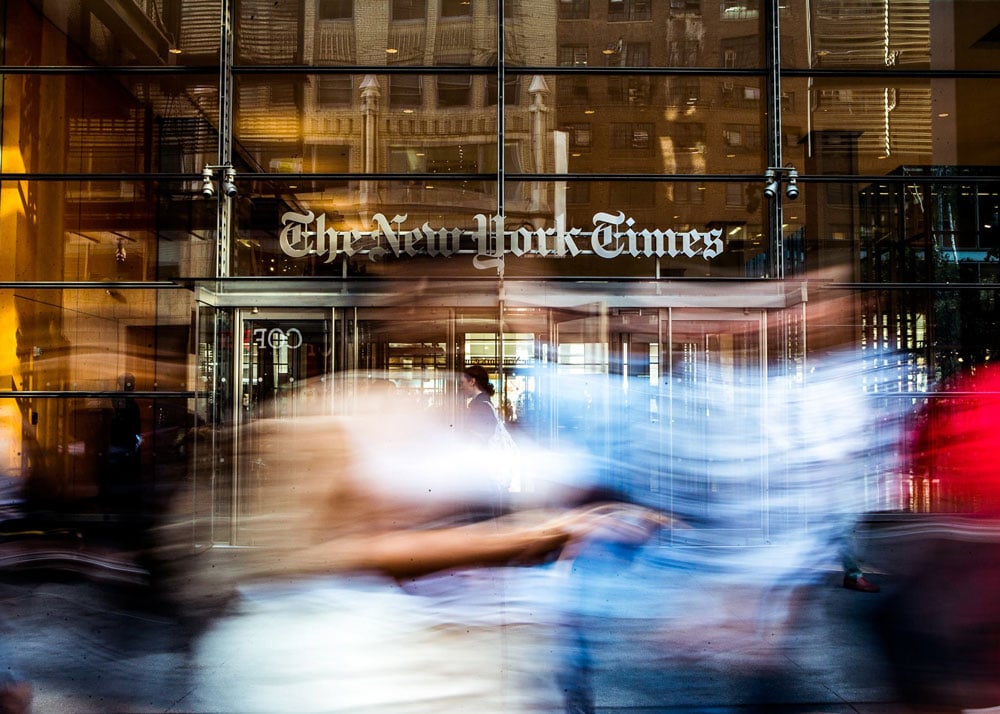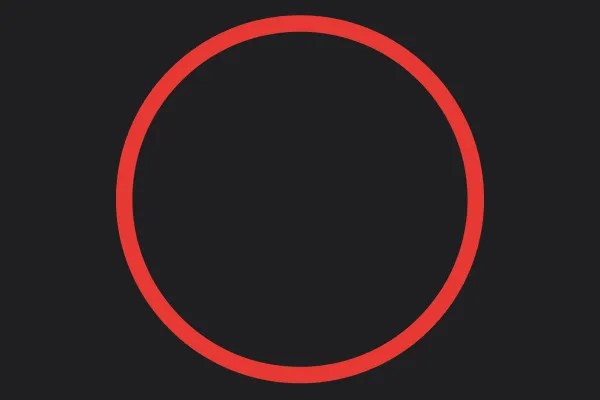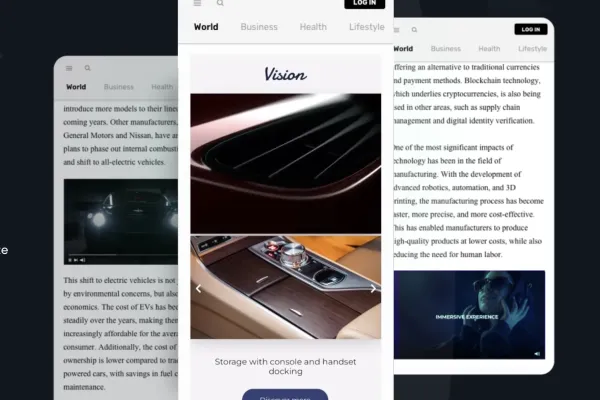Since being launched in early 2014, T Brand Studio has provided a different take on native advertising. Different from the lots of sponsored articles that seem to approach their subject with a loud sigh and an air of indifference.
Sure, T Brand Studio has resources at its disposal that few native advertisers can relate to (we'll get back to that in a second). But impassioned storytelling is something that doesn't have to cost a fortune.
In this post, we take a closer look at how The New York Times manages to elevate sponsored content from bland brand-talk to real-life storytelling. Grit & Grace, a sponsored post from late 2014, will work as our tour guide. It was sponsored by Cole Haan, a lifestyle brand with a focus on men's and women's footwear and accessories. The piece elaborates on the grit and grace required to be an elite ballet dancer. Let's get to it.
→ RELATED ARTICLE:
The Main Types of Native Advertising Everyone Should Understand

Commitment to details
The opening paragraph from Grit & Grace:
POINTE SHOES LOOK DECEPTIVELY SIMPLE. Covered in satin, their appearance embodies the ethereal aesthetic of the dancers and the ballets they perform. But the shoes’ sleek exterior belies both their complex construction and the meticulous preparatory ritual that are integral to their function. The box — the hardened, flat front of the shoe that allows a ballerina to rise up onto her toes, to dance en pointe — comes in varying sizes and angles. Likewise, the shank — the inner sole that provides support for the arch — can be customised for thickness, flexibility and length. Countless other elements can be fine-tuned, too, from the amount of glue used to bond the components to the material for the drawstring.
Just take a look at that! A thickly detailed five lines paragraph about POINTE SHOES, Opening up what some might refer to as nothing more but an advertisement.
So why is that? Why commit such writing proficiency to a freaking advertisement?
Well, because it's not just an advertisement. That right there, that realisation is why the native advertising of T Brand Studio stands head and shoulders above most of its competitors. If that sounds like praise too lofty, so be it. If brands and publishers want consumers to treat an advertisement like content, the brands and publishers must first treat advertisements like content.
An infuriating amount of sponsored content reads like the brainless drivel of somebody who fell asleep ten times while she wrote it. The actual writing oozes indifference. This is a paradox because the publisher and sponsor must have based their venture into native advertising on the premise that you need to provide an audience with something of value in order to reach engagement.
That opening paragraph reveals an author who has researched his subject, thought about how to convey his subject and at the least in a professional sense cares about his subject. There is a thoroughness and commitment to details in the writing that is bound to affect the reader's experience of the piece. It's no wonder that T Brand Studio's articles are so popular.
→ RELATED ARTICLE:
What is native advertising?

The interesting sources
Unlike most native advertising that relies solely on the in-house information brands can find, T Brand Studio seems to place an emphasis on using sources that provide authenticity to their content and a feeling of "they really went out of their way to make this story interesting and informative". Check out this trio of oral sources from Grit & Grace:
- Sara Mearns, a dancer with The New York City Ballet since 2004
- Marika Molnar, director of physical therapy for The New York City Ballet
- Gretchen Smith, who joined The New York City Ballet in 2006
Keep in mind that The New York City Ballet didn't sponsor this piece of content. These three sources, at least from the reader's perspective, seem to participate on the same terms as sources in any regular editorial article.
Access to people and places that generally aren't accessible is one of journalism's selling points. Now, I'm not saying that native advertising is journalism. It is not. One is advertising, one is journalism. End of discussion. But that doesn't mean that native advertising should stay away from each and every thing that is potentially good about good journalism. One of those is the ability to provide the reader with an entry point to hidden worlds. T Brand Studio does a great job of that with its sponsored posts.
→ RELATED ARTICLE:
The New York Times Is Looking at New Native Advertising Formats

Visual elements
This isn't rocket science: T Brand Studio makes sponsored content that is visually compelling, and it is part of the reason why pieces like Grit & Grace feel different from most native advertising. There is a visual identity that supports the notion that this piece of content is worth your time, whereas heaps of native advertising seem to communicate the very opposite with their uninspired use of imagery.
Bottom line
The New York Times sold $18 million worth of native ads in 2014. The newspaper ran 50 native advertising campaigns, so you can easily figure out that each piece is profitable business. Sponsored feature 'Women Inmates" was among the top 1,47 pct. published articles that generated the most traffic at NYTimes.com.





